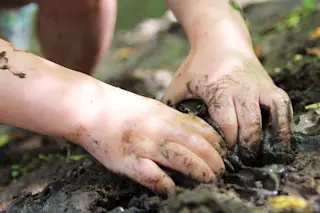To get a feel for what biologist Joel Berger does, I’ve donned his moose suit and am sliding down a snow-covered embankment to stand, panting, thigh-deep in snow. Minutes later I’ve managed to flounder my way within 30 yards of a real-life Bullwinkle J. Moose, which, despite my total lack of discretion, still has not bolted. I’m sure that’s because I’m not close enough to be a threat, and since survival in this harsh Wyoming winter depends on burning as few calories as possible, it’s not going to expend precious energy until it absolutely has to. That, or it’s thinking, Oh brother, not the doofus in the moose suit again.
Still, big Alces alces is giving me the eye, warily. Warily, I’m giving it the eye back. Moose can be cranky--not a good disposition, to my way of thinking, when combined with size. This moose is your average Al, roughly ...














